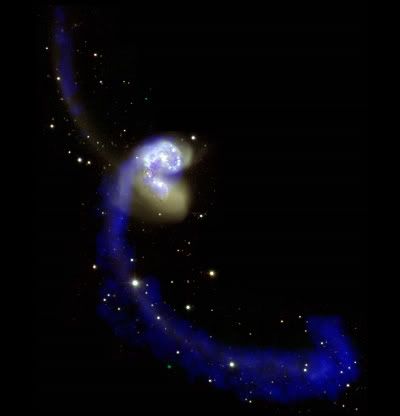
Credits: Hinode JAXA/NASA/PPARC
Hinode's Solar Optical Telescope (SOT) is the first space-borne instrument to measure the strength and direction of the sun's magnetic field in the sun's low atmosphere, also called the photosphere. This image from the Solar Optical Telescope shows a greatly magnified portion of the solar surface. Energy from below the surface of the sun is transported by convection and results in the convection cells, or granulation, seen in this image. The lighter areas reveal where gases are rising from below, while the darker 'intergranular lanes' reveal where cooler gases are sinking back down.
Solar and Heliospheric Observatory (SOHO) mission
ESA-NASA spacecraft launched in 1995 to investigate the interior of the Sun, its atmosphere and the solar wind. Led to a number of major discoveries about the Sun. See http://sci.esa.int/soho/
Solar array
Panel on a spacecraft used to generate electrical power. It comprises a large number of solar cells which generate electricity when exposed to sunlight.
Solar flare
Sudden violent explosion on the Sun which occurs above complex active regions in the photosphere. They usually last only a few minutes, but their temperatures may reach hundreds of millions of degrees. Most of their radiation is emitted as X-rays, but they can also be observed in visible light and radio waves. Charged particles ejected by flares can cause aurorae when they reach the Earth a few days later.
Solar storm
Violent outburst of explosive activity on the Sun.
Solar System
The Sun and the collection of celestial bodies that orbit it. These include the nine planets (Mercury, Venus, Earth, Mars, Jupiter, Saturn, Uranus, Neptune and Pluto) and their 60 moons, the asteroid belt, the comets and the Kuiper belt.
Solar wind
Stream of plasma, mainly electrons and protons, which flows from the Sun's corona at up to 900 km/s. It is found throughout the Solar System as far away as the heliopause.











No comments:
Post a Comment